Behavioral Couples Therapy for Alcoholism and Drug Abuse in San Antonio, Texas
Behavioral Couples Therapy Near Me San Antonio
San Antonio, Texas, is a vibrant city known for its rich history, diverse culture, and thriving economy. However, like many other cities across the United States, it is not immune to the challenges posed by alcoholism and drug abuse. These issues can have devastating effects on individuals, families, and communities.
In recent years, there has been a growing recognition of the importance of behavioral couples therapy in addressing alcoholism and drug abuse. This approach recognizes that substance abuse often has a significant impact on intimate relationships and that involving both partners in the treatment process can lead to better outcomes.
Behavioral Couples Therapy Near Me San Antonio 888-325-2454 Call Now
Understanding Behavioral Couples Therapy
Behavioral couples therapy for alcoholism and drug abuse is a specialized form of therapy that focuses on the relationship dynamics between partners and how they contribute to substance use disorders. It aims to improve communication, increase support, and develop strategies for coping with triggers and relapse.
Unlike traditional individual therapy, which primarily focuses on the person struggling with addiction, couples therapy recognizes that substance abuse affects both partners and their relationship. By involving both individuals in the treatment process, couples therapy can address underlying issues and provide a supportive environment for recovery.
The Benefits of Couples Therapy for Alcohol and Drug Addiction
Couples therapy for alcohol and drug addiction offers several unique benefits that can significantly enhance the recovery process. Some of these benefits include:
- Improved Communication: Substance abuse often leads to breakdowns in communication between partners. Couples therapy provides a safe space for open and honest communication, allowing both individuals to express their thoughts, feelings, and concerns.
- Increased Support: Recovery from alcoholism and drug abuse requires a strong support system. Couples therapy helps partners understand the challenges and complexities of addiction, fostering empathy, and providing support throughout the recovery journey.
- Addressing Underlying Issues: Substance abuse is often a symptom of underlying issues such as trauma, mental health disorders, or relationship conflicts. Couples therapy helps identify and address these underlying issues, reducing the risk of relapse.
- Building Healthy Coping Strategies: Couples therapy equips partners with effective coping strategies to deal with triggers, stressors, and cravings. By developing healthy coping mechanisms together, couples can support each other in maintaining sobriety.
- Strengthening the Relationship: Substance abuse can strain even the strongest relationships. Couples therapy focuses on rebuilding trust, improving intimacy, and fostering a healthier and more resilient partnership.
Couples Therapy for Dual Diagnosis and Substance Use Disorders
Many individuals struggling with alcoholism and drug abuse also face co-occurring mental health disorders, known as dual diagnosis. Couples therapy can be particularly beneficial for couples dealing with dual diagnosis and substance use disorders.
By addressing both the substance abuse and the mental health issues simultaneously, couples therapy can provide comprehensive treatment and support. It helps partners understand the interplay between addiction and mental health, develop coping strategies, and work towards recovery together.
Couples Therapy for Substance Use Disorders in San Antonio
San Antonio offers a range of resources and treatment options for couples seeking therapy for substance use disorders. The city is home to numerous licensed therapists, counselors, and treatment centers specializing in behavioral couples therapy.
When considering couples therapy for substance use disorders in San Antonio, it is essential to choose a provider that has experience and expertise in this specific area. Look for therapists who are licensed, accredited, and have a track record of success in helping couples overcome addiction.
Additionally, it is crucial to consider the unique needs and preferences of both partners when selecting a couples therapy program. Some couples may prefer individual therapy sessions alongside joint sessions, while others may benefit from group therapy or support groups.
Conclusion
Behavioral couples therapy for alcoholism and drug abuse is a valuable approach that can significantly improve outcomes for individuals and couples struggling with substance use disorders. By involving both partners in the treatment process, couples therapy addresses the underlying issues contributing to addiction and provides a supportive environment for recovery.
In San Antonio, Texas, couples have access to a range of resources and treatment options for substance use disorders. Choosing a licensed and experienced therapist who specializes in behavioral couples therapy can make a significant difference in the recovery journey.
Remember, seeking help is the first step towards a healthier and happier future for both individuals and their relationships. With the right support and guidance, couples can overcome addiction, rebuild their lives, and strengthen their bond.

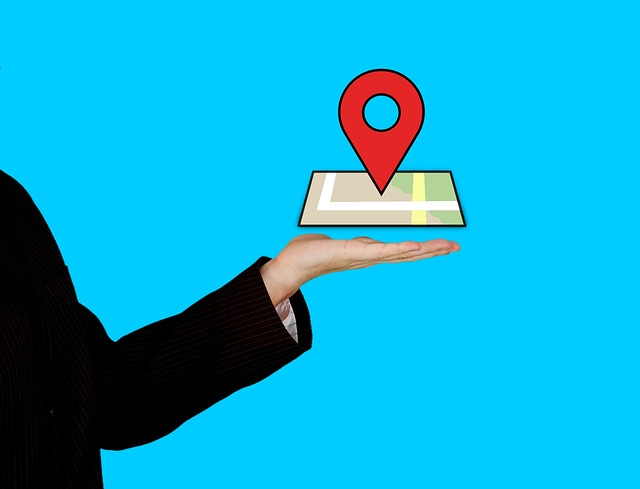
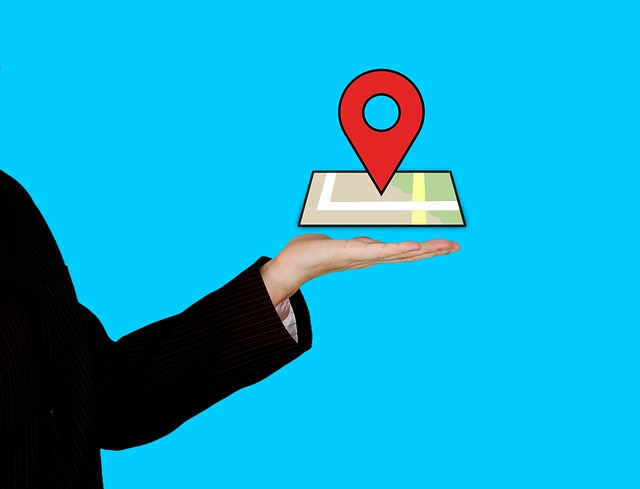
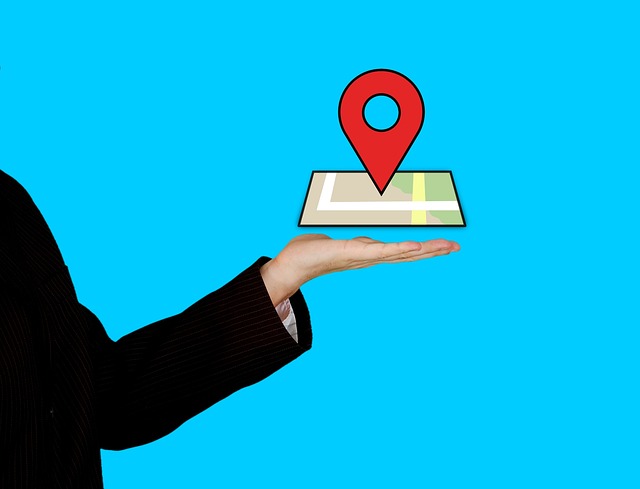
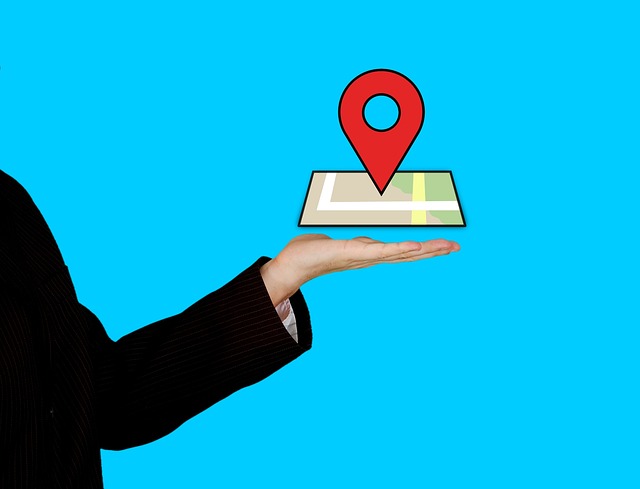
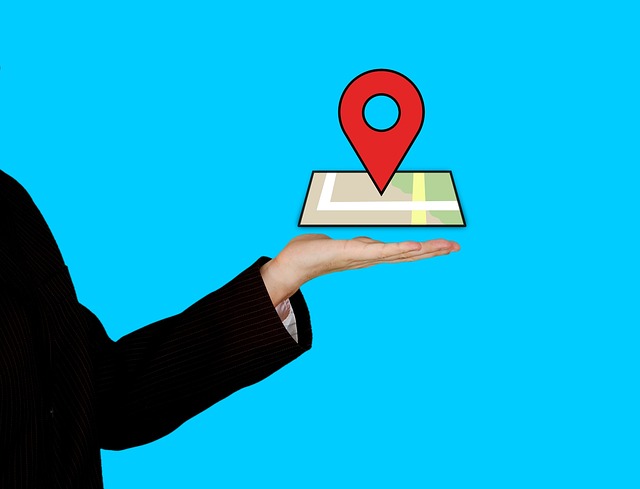

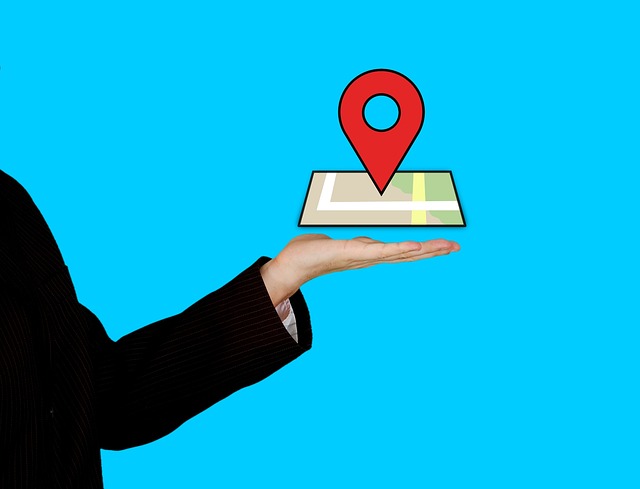

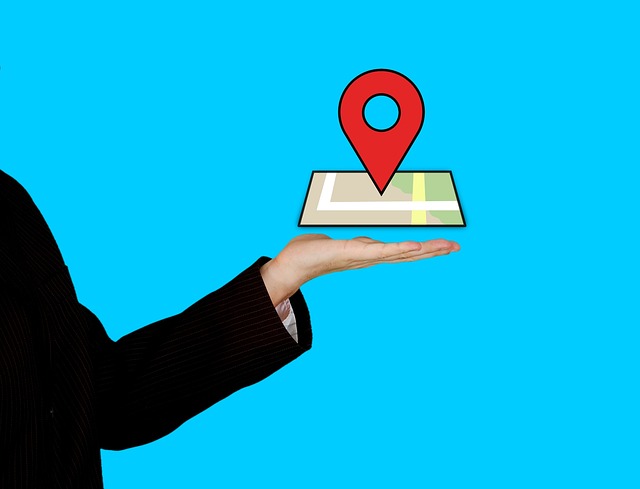
Recent Comments